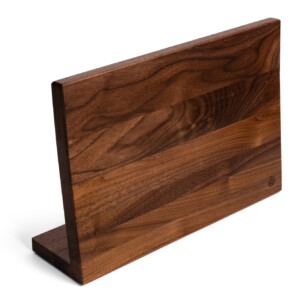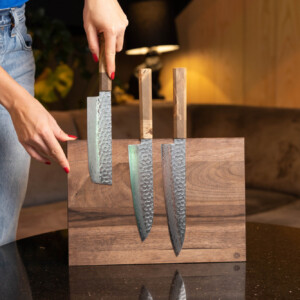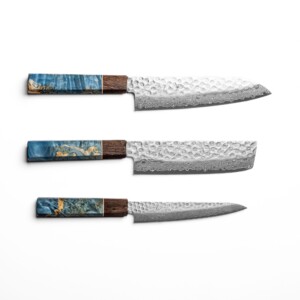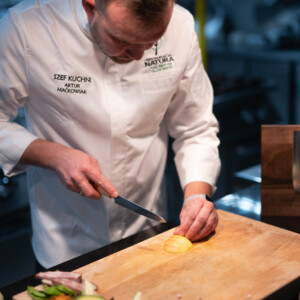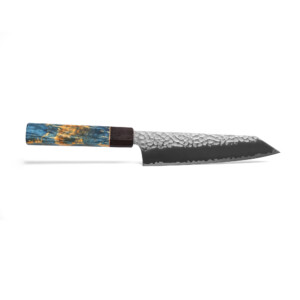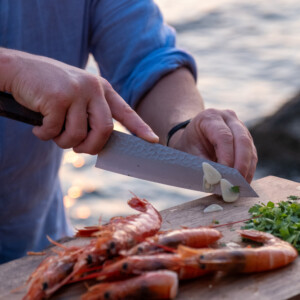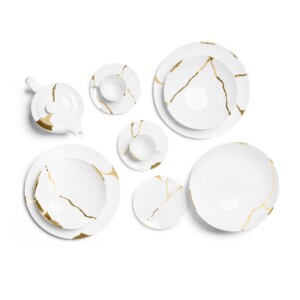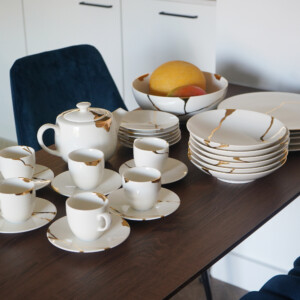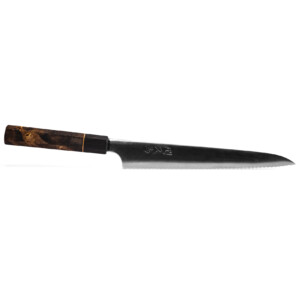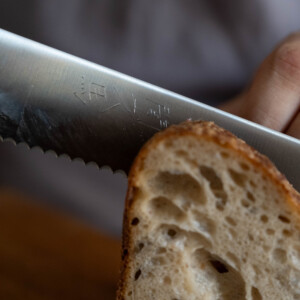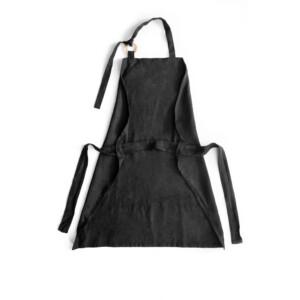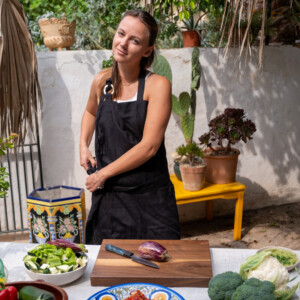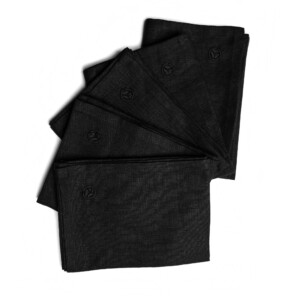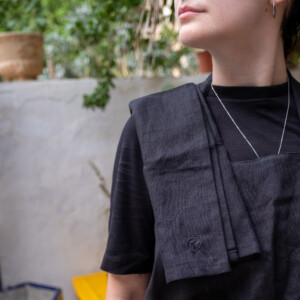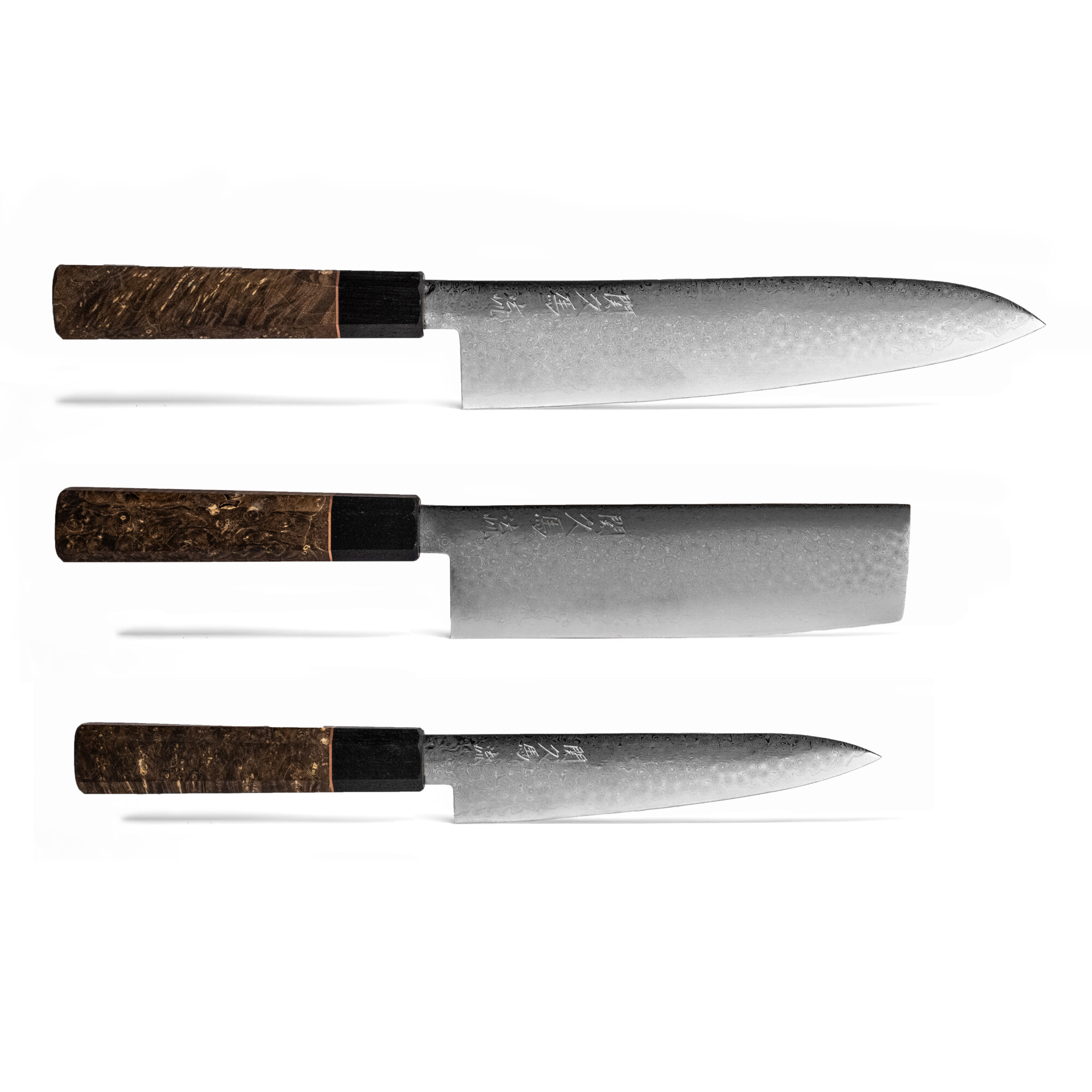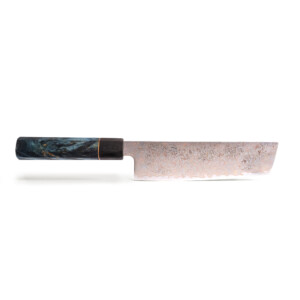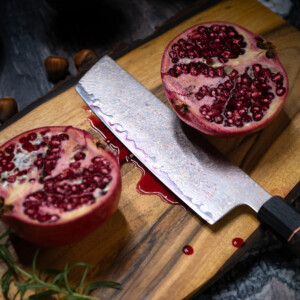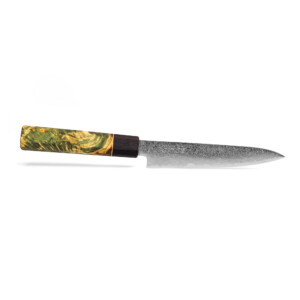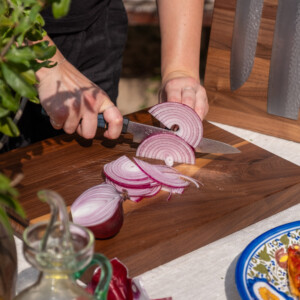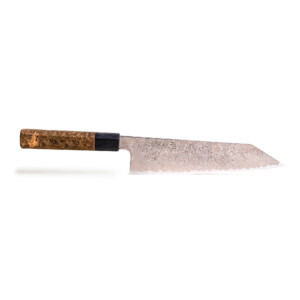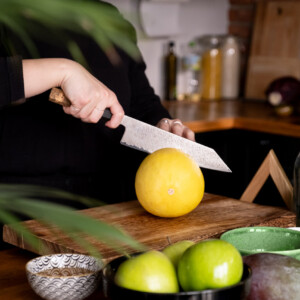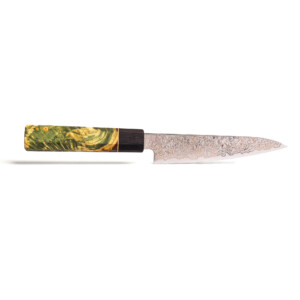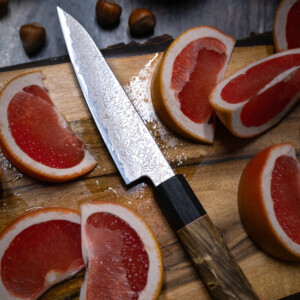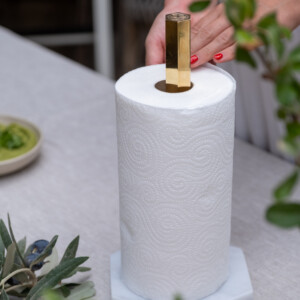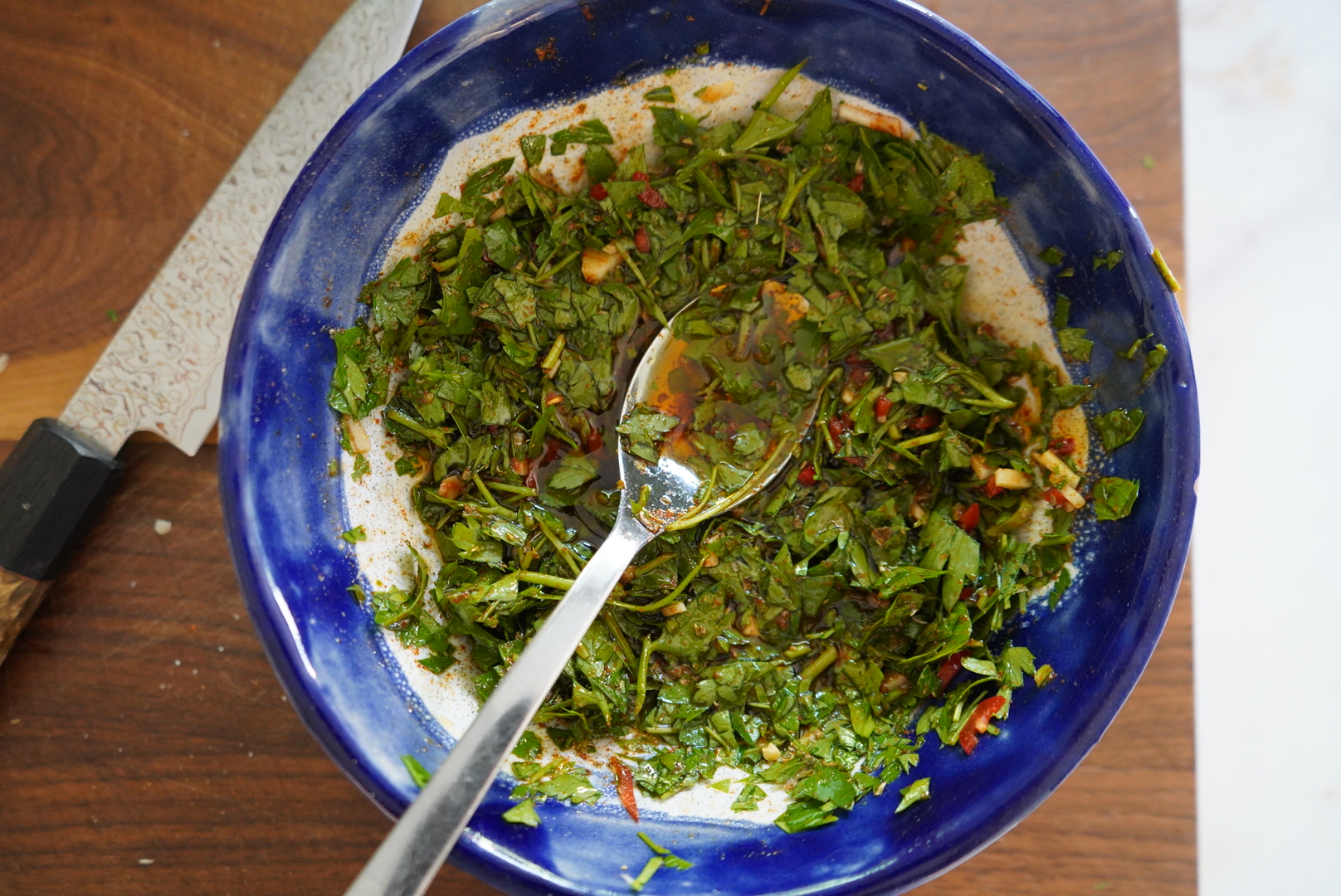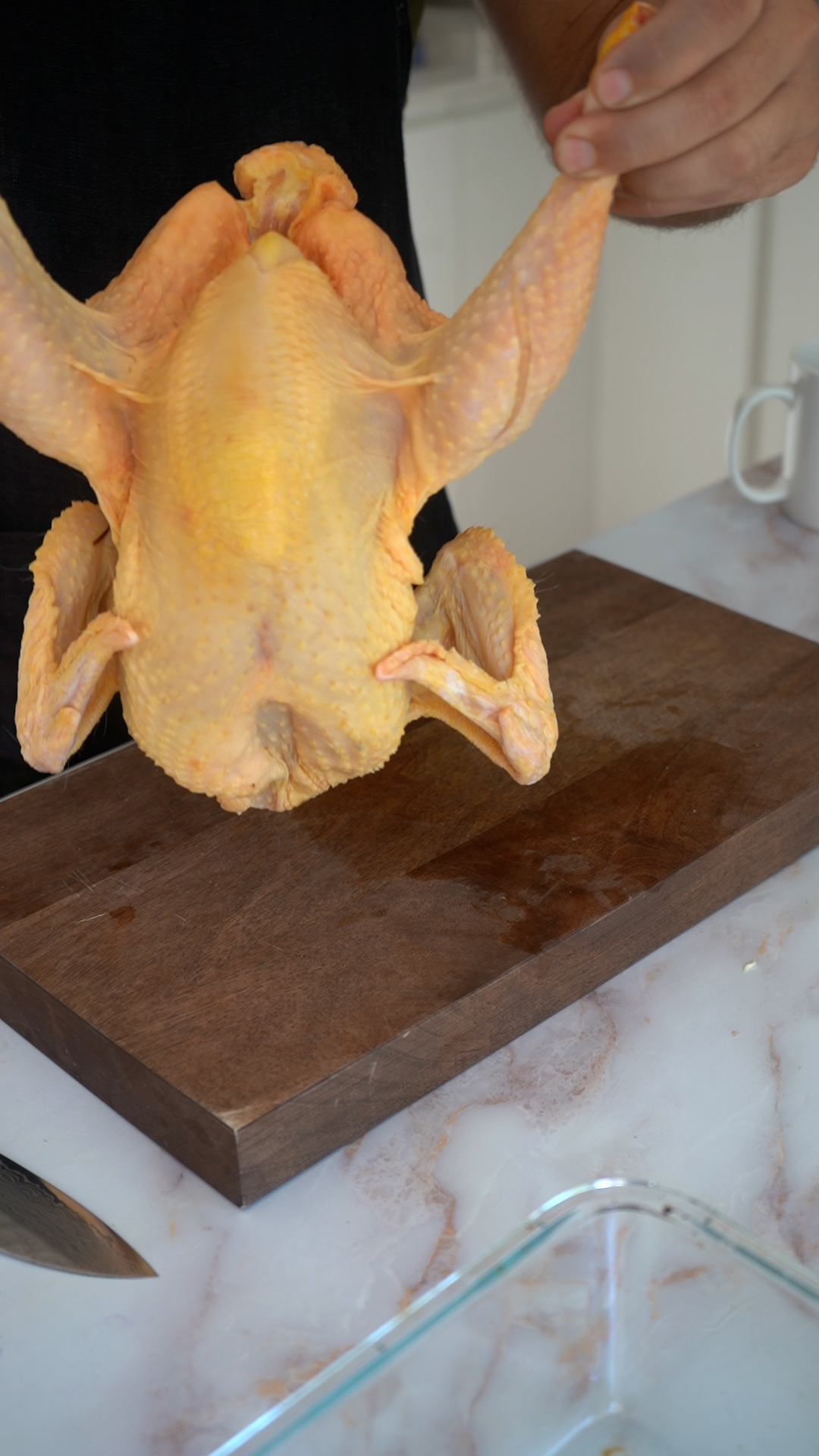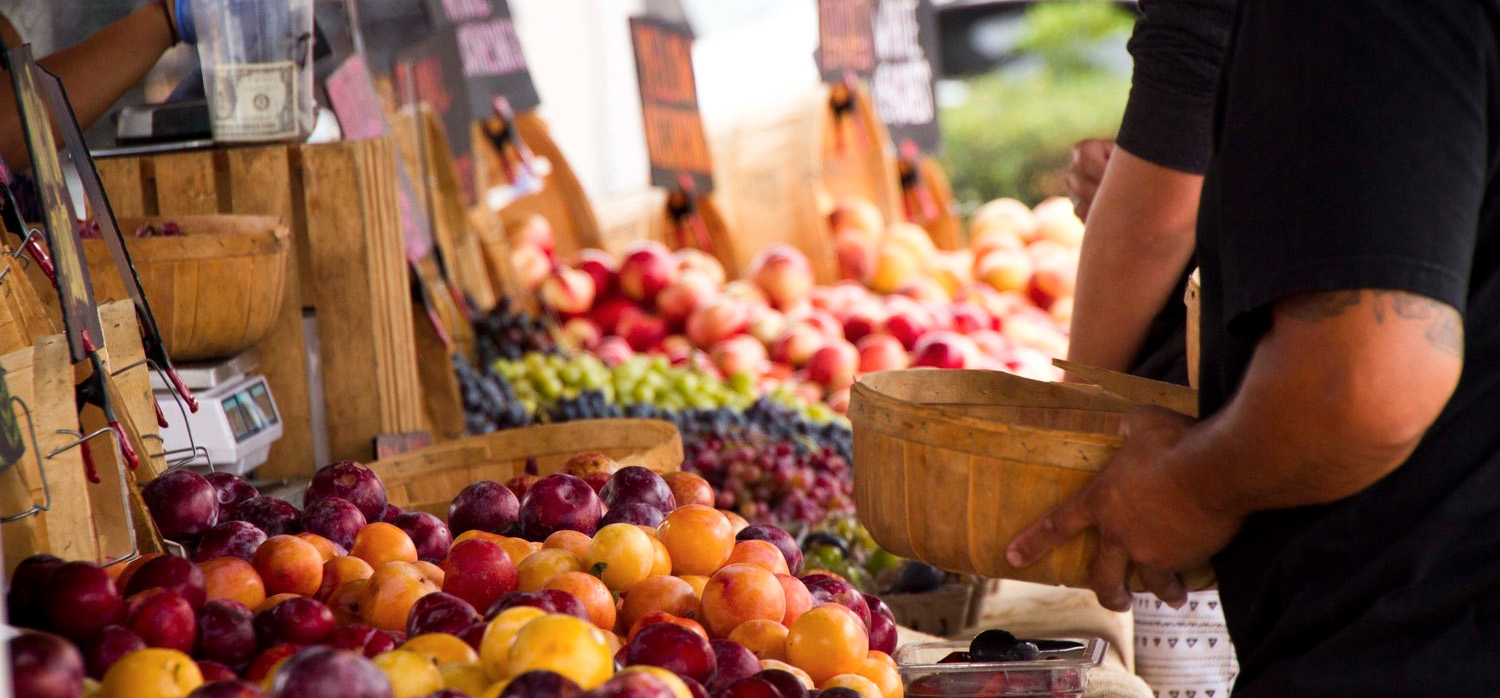How to maintain your Japanese knife collection whilst creating a child-safe kitchen that works for the whole family
Right, let’s talk about something that keeps many passionate home cooks awake at night—how to safely store your beautiful Japanese knives when you’ve got curious little fingers wandering about the kitchen. It’s a genuine concern, isn’t it? You’ve invested in these gorgeous, razor-sharp tools that make cooking such a joy, but now you’re wondering if you need to lock them away like some sort of culinary Fort Knox.
Here’s the good news: you absolutely can maintain a serious knife collection whilst keeping your children completely safe. It’s not about choosing between safety and accessibility—it’s about smart storage solutions, clear boundaries, and age-appropriate education that grows with your family. The key is creating systems that protect your little ones without turning your kitchen into an obstacle course every time you want to cook.
Professional kitchens manage this challenge daily, and Japanese culinary culture has centuries of wisdom about respecting sharp tools whilst maintaining family harmony. With the right approach, your kitchen can be both a safe haven for your children and a functional workspace for your culinary ambitions.
Understanding the Real Risks (And Putting Them in Perspective)
Before diving into solutions, let’s have an honest chat about the actual risks involved. Japanese knives are indeed incredibly sharp—that’s rather the point—but understanding exactly what we’re dealing with helps us respond appropriately rather than panic.
Most kitchen accidents involving children and knives happen not because little ones access stored knives, but because knives are left lying about during or after cooking. A knife left on the counter whilst answering the door, or one that’s slipped behind something and been forgotten, poses far greater risk than properly stored blades. This is actually encouraging news because it means good storage habits protect against the most common scenarios.
Children’s curiosity about knives is completely natural and shouldn’t be feared or shamed. In Japanese culture, children often begin learning basic knife skills around age six or seven, but always with proper supervision and appropriate tools. The goal isn’t to make knives mysterious forbidden objects—that only increases fascination—but to teach appropriate respect and boundaries.
Age-related risks change significantly as children develop. Toddlers who can barely reach countertops pose different challenges than curious eight-year-olds who can climb on chairs. School-age children might understand rules but also feel confident enough to test boundaries. Teenagers often have the physical capability to access most storage but hopefully the judgment to make good decisions.
The good news is that proper knife storage provides multiple layers of protection. Even if one system fails—say a child figures out how to open a magnetic strip—the height placement and other barriers still provide safety. This redundancy principle, borrowed from aviation safety, creates robust protection that doesn’t rely on any single point of failure.
Understanding your specific household dynamics helps tailor solutions effectively. A house full of athletic, climbing-enthusiast children needs different approaches than one with more cautious kids. Regular visitors, babysitters, and the varying supervision levels throughout busy family life all factor into choosing appropriate storage methods.
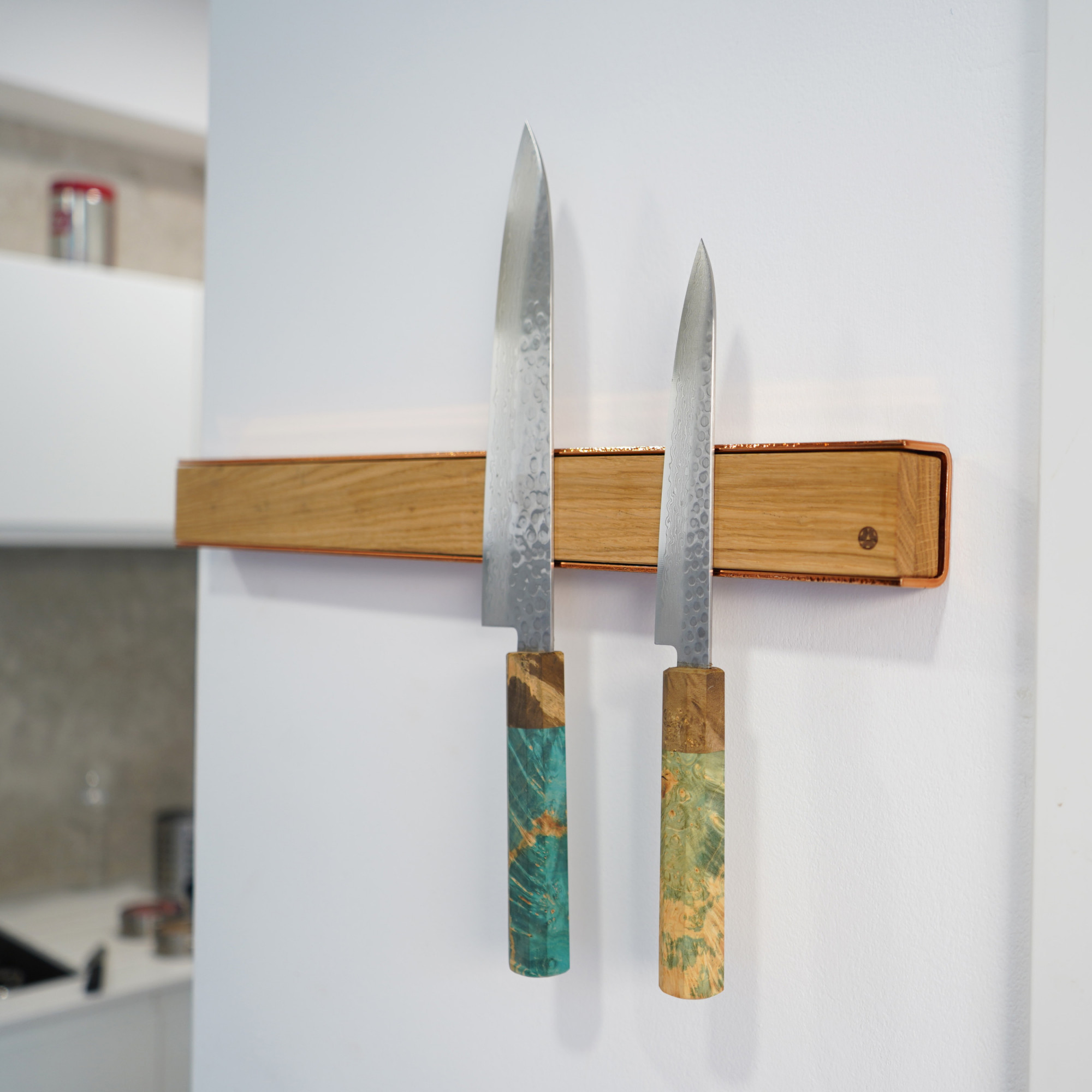
Height and Placement: Your First Line of Defence
The simplest and most effective protection for your knife collection is good old-fashioned height advantage. Most quality storage solutions can be mounted well above children’s reach whilst remaining easily accessible for adults. It’s not exactly rocket science, but getting the details right makes all the difference.
For magnetic knife strips, mounting height becomes crucial. The bottom edge should be at least 150cm from the floor—higher if you’ve got particularly adventurous climbers or step-stools regularly left about. Consider not just your children’s current height, but where they’ll be in a year or two. It’s much easier to mount things properly once than to keep moving them as children grow.
Think about what children might use to gain height when determining placement. That magnetic strip might seem safely high until little Emma discovers she can drag over the kitchen chair. Look around your kitchen with a child’s eye for climbing opportunities—bins, lower cabinets, appliances, even opened dishwasher doors can become stepping stones for determined little explorers.
The location within your kitchen workflow matters too. High storage is pointless if accessing your knives requires acrobatic manoeuvres that increase your own accident risk. Mount magnetic strips or install high cabinets where you can reach them comfortably whilst maintaining natural cooking flow. You shouldn’t need to stretch dangerously or climb on things yourself just to retrieve a knife.
Consider sightlines from children’s play areas when choosing placement. Sometimes having knives visible but clearly out of reach actually helps children understand boundaries better than hiding everything away. They can see that knives have a proper place that isn’t their space, which often reduces rather than increases curiosity.
Wall-mounted solutions work brilliantly because they utilise vertical space that children naturally can’t access whilst keeping knives completely visible and accessible for adults. Just ensure the mounting is absolutely secure—a magnetic strip falling with knives attached would be genuinely dangerous for anyone below.
Locked Storage Solutions That Actually Work
Sometimes height alone isn’t sufficient, particularly with older children or in households where climbing is a favourite pastime. Locked storage provides an additional security layer whilst maintaining the organisation and protection your knives deserve.
Locking knife drawers offer excellent security whilst keeping blades properly organised and protected. Modern safety locks designed for childproofing have evolved far beyond the flimsy magnetic catches of years past. Look for locks that require adult dexterity to operate—simultaneous button pressing, complex sliding motions, or mechanisms that require adult-sized hands to operate effectively.
The challenge with locked drawer storage is ensuring your knives don’t rattle about and damage each other. Proper drawer organisation becomes essential—individual knife slots, protective inserts, or dedicated knife blocks within drawers prevent damage whilst maintaining security. Some drawer systems include locking mechanisms built into professional-grade knife storage inserts.
Locking wall cabinets provide excellent protection whilst utilising space efficiently. Upper cabinets with child-resistant locks can house knife blocks, magnetic boards, or custom storage systems. The key advantage is that once installed, they require no ongoing maintenance or battery replacement like some electronic locks.
Consider the convenience factor when choosing locking mechanisms. If accessing your knives becomes a twenty-step process involving finding keys, remembering combinations, or fighting with finicky locks, you’ll likely abandon the system during busy cooking sessions. The best security systems balance protection with reasonable accessibility for authorised users.
Electronic locks offer sophisticated options but require maintenance considerations. Battery levels, backup access methods, and potential failure modes all need consideration. Some families love keypad entry systems that older children can eventually learn, whilst others prefer simple mechanical solutions that don’t rely on power or batteries.
Combination locks work well for older families where parents can remember codes and children understand that some things require adult access. Choose combinations that aren’t obvious (no birthdays or addresses) but that stressed, busy parents can remember during the dinner rush.
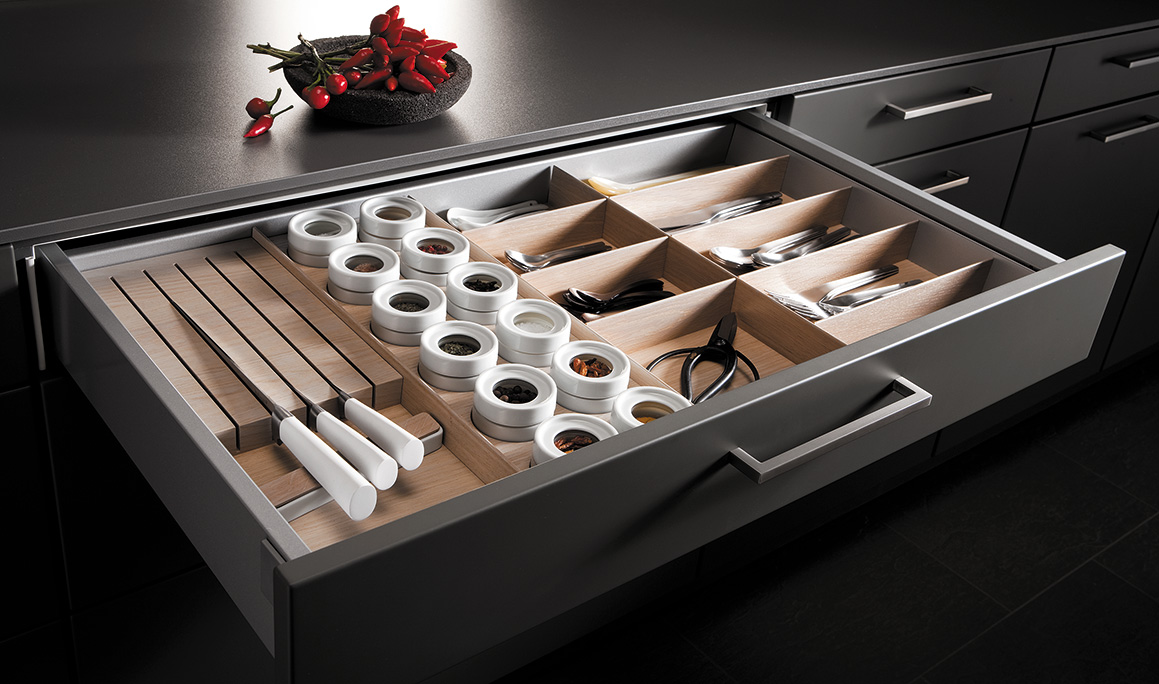
Creative Storage Solutions for Different Kitchen Layouts
Not every kitchen offers ideal conditions for traditional knife storage, but creative solutions can work brilliantly whilst maintaining both safety and functionality. Small kitchens, rental properties, and unusual layouts all present unique challenges that require adapted approaches.
Pantry storage offers excellent security whilst keeping knives completely out of children’s sight and mind. A dedicated shelf with proper knife blocks or magnetic boards can house your entire collection safely. The key is ensuring the pantry itself has appropriate locks and that knives remain properly organized and protected from moisture or other pantry conditions.
Pull-out cabinet solutions maximize storage whilst maintaining security. Custom slides can bring knife storage out from deep cabinets, making access easy for adults whilst keeping everything secure behind locked cabinet doors. These systems work particularly well in galley kitchens where wall space is limited.
Hidden magnetic storage behind cabinet doors provides security whilst maintaining easy access. Mounting magnetic strips inside upper cabinet doors keeps knives completely concealed whilst allowing quick selection once the cabinet is opened. Ensure door hinges can support the additional weight and that knives are positioned to avoid interference with shelving.
Kitchen islands offer unique storage opportunities if your layout includes one. Built-in knife storage can be incorporated into island design whilst maintaining appropriate security measures. Some families prefer island storage because it keeps knives central to the cooking area whilst remaining secure from children’s access.
Appliance garages—those slide-up cabinet doors that hide small appliances—can be adapted for knife storage with proper modification. They provide complete concealment whilst maintaining easy access, though they require careful planning to ensure adequate ventilation and proper knife organization.
For rental kitchens where permanent modifications aren’t possible, portable security solutions offer flexibility. Locking knife cases, portable magnetic boards with security features, and other non-permanent solutions provide protection whilst remaining removable when it’s time to move.
Teaching Knife Safety: Age-Appropriate Education
Rather than making knives completely forbidden, age-appropriate education helps children understand and respect these important kitchen tools. Japanese culinary culture offers excellent models for introducing knife awareness safely and progressively.
Starting early with simple concepts works better than waiting until children are older and more set in their ways. Even toddlers can learn that knives are “special tools for grown-ups” and that they have “special places” where they belong. This early messaging creates respect without fear whilst establishing clear boundaries.
Visual cues help reinforce safety messages consistently. Some families use special colours or symbols to mark knife storage areas, helping children recognise boundaries even before they can fully understand explanations. Consistent visual language throughout the kitchen reinforces safety concepts naturally.
Demonstration rather than prohibition often proves more effective with curious children. Showing children how carefully adults handle knives, how they’re properly stored, and how much attention and respect they require often satisfies curiosity better than simply saying “don’t touch.” Children can see that knives require special skills and attention they don’t yet possess.
Age-appropriate kitchen responsibilities help children understand the progression toward knife privileges. Young children can help with washing vegetables, older ones can assist with measuring ingredients, and eventually, they can begin learning basic knife skills with appropriate supervision and child-safe knives designed for learning.
The concept of “earning” knife privileges works well with many families. Children understand that knife use requires demonstrated responsibility, proper instruction, and adult supervision. This makes knife access feel like an achievement rather than a forbidden activity, reducing the temptation to experiment secretly.
Practice with child-safe alternatives allows skill development without risk. Plastic knives, child-safe cutting tools, and practice exercises with soft ingredients help children develop cutting motions and hand coordination before advancing to real knives under supervision.

Emergency Procedures and First Aid Considerations
Despite the best storage and education efforts, accidents can still happen. Having proper emergency procedures and first aid knowledge provides essential backup protection for your family’s safety.
First aid supplies specifically appropriate for kitchen cuts should be easily accessible to adults but safely stored away from children. This includes sterile gauze, medical tape, antiseptic wipes, and emergency contact information. Some families maintain dedicated kitchen first aid kits that are regularly checked and updated.
Understanding the difference between minor cuts requiring basic first aid and serious injuries needing immediate medical attention helps ensure appropriate responses. Deep cuts, excessive bleeding, or injuries to hands or fingers often require professional medical evaluation even if they initially seem manageable.
Emergency contact procedures should be clearly established and known to all adults in the household. This includes poison control numbers, local emergency services, and your family’s preferred medical providers. Some families post emergency numbers in the kitchen where they’re easily visible during stressful situations.
Teaching older children basic first aid concepts appropriate to their age helps them respond appropriately if they witness accidents or need to seek help for others. This doesn’t mean expecting children to treat serious injuries, but rather helping them understand when and how to get adult help quickly.
Prevention planning includes thinking through scenarios before they occur. What would you do if a child accessed knives while you were momentarily distracted? How would you handle a cut during busy dinner preparation? Having mental plans for various scenarios helps ensure calmer, more effective responses if emergencies arise.
Regular family discussions about kitchen safety, including knife safety, help ensure everyone understands procedures and feels comfortable seeking help when needed. These conversations also provide opportunities to adjust safety measures as children grow and family dynamics change.

Special Considerations for Different Ages and Stages
Family dynamics change constantly as children grow, and your knife storage solutions need to adapt accordingly. What works perfectly for toddlers may be completely inadequate for determined tweens, and teenager considerations differ entirely from younger children’s needs.
Infant and toddler considerations focus primarily on physical barriers since reasoning and rule-following aren’t reliable at these ages. Height-based storage works excellently, but you must consider that toddlers are remarkably creative climbers. Everything must be physically inaccessible rather than relying on compliance with rules or instructions.
Preschool children begin understanding rules and consequences, making education components more viable. However, impulse control remains limited, so physical barriers remain essential. This age group benefits from simple, consistent messages about knife safety combined with robust storage that doesn’t rely on their cooperation.
School-age children can understand more complex safety concepts and may begin helping with cooking under supervision. Storage systems might include some educational components—perhaps letting them help return knives to proper storage after supervised use. However, unsupervised access should still be prevented through appropriate security measures.
Teenagers present unique challenges because they often have the physical capability to access most storage systems but may also have the judgment to use knives responsibly under proper guidance. Many families transition to systems that allow supervised access whilst maintaining security against impulsive or unsupervised use.
Multi-age households require storage solutions that protect the youngest whilst allowing appropriate access for older family members. This often means layered security systems—perhaps height-based storage combined with locks that older children can be taught to use responsibly whilst remaining inaccessible to younger siblings.
Temporary visitors and changing supervision levels throughout family life also require consideration. Storage systems should provide consistent protection regardless of who’s supervising or visiting, ensuring that your knife security doesn’t depend on everyone being perfectly aware and attentive all the time.
Balancing Security with Kitchen Functionality
The challenge isn’t just keeping knives away from children—it’s doing so whilst maintaining a functional kitchen that allows passionate cooking to continue. The best storage solutions protect your family without turning every meal preparation into a complicated security exercise.
Workflow considerations become crucial when planning secure storage. Your knives should remain easily accessible for legitimate cooking needs whilst staying completely secure against unauthorized access. This often means thinking carefully about cooking patterns and designing storage that supports rather than hinders your culinary activities.
Quick access for cooking needs shouldn’t compromise security, but overly complicated access systems often get abandoned during busy meal preparation. The goal is finding the sweet spot where responsible adults can access knives efficiently whilst children cannot, even with determined effort.
Multiple storage zones can provide flexibility whilst maintaining security. Perhaps frequently used knives remain in more accessible (but still secure) storage, whilst specialty knives or those used less regularly can be stored with higher security. This approach allows daily cooking to flow smoothly whilst keeping the broader collection completely safe.
Consider different family members’ cooking needs when designing storage systems. If multiple adults cook regularly, storage should accommodate different heights, preferences, and cooking styles whilst maintaining consistent security standards. Systems that work well for one person but frustrate others often lead to security compromises.
Backup storage options provide flexibility during kitchen renovations, cleaning, or when hosting guests who might not understand your usual systems. Portable security solutions can supplement permanent storage whilst maintaining protection during unusual circumstances.
The psychological aspect of secure storage matters too. Storage systems that feel overly burdensome or that significantly slow down cooking often get abandoned in favour of convenience. The most secure system that isn’t used consistently is less effective than a moderately secure system that’s religiously followed.
Maintenance and Monitoring Your Safety Systems
Even the best knife storage systems require ongoing attention to remain effective. Children grow, circumstances change, and security measures that worked perfectly last year might need adjustment or upgrading to remain effective.
Regular system evaluation ensures your storage remains appropriate as children develop new capabilities. That magnetic strip that seemed impossibly high for your five-year-old might be within reach once they hit eight and discover the joy of chair-stacking. Periodic assessment helps identify needed adjustments before they become safety issues.
Lock maintenance prevents security failures at crucial moments. Mechanical locks need occasional lubrication and adjustment, electronic systems require battery monitoring, and magnetic strips need periodic checking to ensure mounting remains secure. Regular maintenance schedules help ensure systems work when needed.
Monitoring for wear and tear prevents gradual security degradation. Locks that become easier to open over time, magnetic strips that weaken with age, or drawer slides that develop play all represent potential security vulnerabilities that maintenance can address before they become problematic.
Testing systems periodically ensures they’re working as intended. This doesn’t mean letting children try to access storage, but rather checking that locks engage properly, magnetic strips hold securely, and access procedures work smoothly for authorized users. Regular testing helps identify problems before they compromise security.
Updating systems as technology improves can enhance both security and convenience. New childproofing technologies, improved magnetic systems, and better storage solutions regularly become available. Staying informed about developments helps ensure your storage remains state-of-the-art.
Documentation helps maintain consistency across all family members and caregivers. Clear instructions for opening and securing storage systems, emergency procedures, and maintenance schedules ensure everyone understands and follows proper protocols regardless of who’s supervising.
Technology Solutions for Modern Families
Technology offers increasingly sophisticated options for knife security that can enhance traditional storage methods whilst providing additional convenience and monitoring capabilities for modern families.
Smart locks provide advanced access control with features like temporary codes for babysitters, activity logging to track access, and smartphone notifications when storage is opened. These systems can provide parents with additional peace of mind whilst maintaining convenient access for authorized users.
Magnetic systems have evolved beyond simple strips to include sophisticated mounting options with improved security features. Some modern systems include safety releases that prevent accidental dislodging whilst maintaining easy adult access, and stronger magnets that can support knives more securely at greater heights.
Video monitoring systems, whilst not primarily for knife storage, can provide overall kitchen supervision that enhances other safety measures. Some families find that general kitchen monitoring helps them feel confident about overall safety whilst maintaining normal family life without excessive restrictions.
Proximity sensors can alert parents if children approach designated knife storage areas, providing an additional layer of awareness without creating fortress-like kitchen environments. These systems work particularly well for families with children who have special needs or exceptional climbing abilities.
App-connected storage solutions allow remote monitoring and control of knife access systems. Parents can receive notifications about storage access, grant temporary access to older children, or ensure systems are properly secured even when they’re not physically present in the kitchen.
However, technology solutions work best when they supplement rather than replace good basic security practices. High-tech options should enhance proven storage methods rather than creating dependence on systems that might fail or require maintenance at inconvenient times.

Building Family Kitchen Culture Around Safety
Creating a family culture that naturally incorporates knife safety often proves more effective than relying solely on physical storage systems. When safety becomes part of your family’s kitchen identity, it protects everyone whilst maintaining the joy and creativity that makes cooking special.
Consistent messaging about kitchen tools helps children understand that knives aren’t toys or forbidden objects, but rather important instruments that require respect and appropriate skills. This messaging works best when it’s matter-of-fact rather than fearful, emphasizing competence and responsibility rather than danger and prohibition.
Family cooking traditions can incorporate safety education naturally. Children who grow up watching parents handle knives respectfully and carefully often internalize these attitudes without formal instruction. Modelling proper knife handling, storage, and respect creates powerful learning experiences.
Age-appropriate kitchen responsibilities help children understand the progression toward knife privileges whilst building general kitchen competence and safety awareness. Starting with safe tasks and gradually increasing responsibility helps children earn the respect and skills needed for eventual knife use.
Celebrating kitchen milestones—like a child’s first successful meal preparation or learning proper knife safety—helps reinforce positive attitudes toward kitchen tools and safety procedures. Recognition for following safety rules encourages continued compliance whilst making safety feel like achievement rather than restriction.
Regular family kitchen meetings provide opportunities to discuss safety procedures, address questions or concerns, and adjust rules as children grow and capabilities change. These discussions help ensure everyone understands current expectations whilst providing forum for input and problem-solving.
The goal is creating an environment where safety feels natural and integrated rather than imposed and burdensome. When children understand that safety procedures protect everyone’s ability to cook and enjoy the kitchen together, compliance becomes cooperation rather than obedience.
Long-term Planning: Growing with Your Family
Knife storage solutions work best when they can adapt and grow with your family rather than requiring complete replacement as circumstances change. Planning for the long term helps ensure your investment in safety systems continues serving your family effectively for years to come.
Modular storage systems offer flexibility as family needs evolve. Systems that can be reconfigured, expanded, or modified provide better long-term value than fixed solutions that become obsolete as children grow or family dynamics change. Consider how storage might need to adapt over the next five to ten years.
Transitional planning helps families move smoothly from high-security systems to more accessible storage as children demonstrate increased responsibility and competence. Having a clear progression plan helps children understand how they can earn increased privileges whilst maintaining appropriate safety standards.
Investment considerations should balance current needs with future requirements. Sometimes spending more initially on adaptable systems costs less long-term than repeatedly replacing storage solutions that become inappropriate as children grow. Quality systems often provide better value over extended periods.
Resale and repurposing potential matters for storage systems that eventually become unnecessary. High-quality storage solutions often retain value and can be sold or repurposed when families no longer need child-specific security features. Consider the eventual disposition of storage investments when making initial choices.
Documentation of successful systems helps other families facing similar challenges whilst preserving institutional memory within your own family. Recording what worked well, what didn’t, and how systems needed to be modified can inform future decisions and help other parents facing similar situations.
Planning for multiple children means considering how storage needs might increase or change as family size grows. Storage systems should accommodate growing knife collections whilst maintaining security appropriate for the youngest family members.
Conclusion: Safe Kitchens for Knife-Loving Families
Creating a safe environment for your Japanese knife collection whilst raising children isn’t about choosing between safety and culinary passion—it’s about smart planning that protects your family whilst preserving the joy of cooking with beautiful, functional tools.
The key lies in understanding that multiple approaches work together more effectively than any single solution. Height-based storage, secure locks, appropriate education, and family culture all contribute to comprehensive safety that doesn’t require sacrificing your love of quality knives or the pleasure of cooking with them.
Remember that safety systems should enhance rather than burden your family life. The best storage solutions protect your children whilst allowing you to cook with confidence and efficiency. When safety feels natural and integrated rather than restrictive and complicated, everyone benefits from both protection and functionality.
Your investment in quality Japanese knives deserves protection not just from children’s curiosity, but from the damage that poor storage can cause. Quality storage solutions serve multiple purposes—protecting your family, preserving your knives, and maintaining the accessibility that lets you use these beautiful tools to their full potential.
As your family grows and changes, your storage needs will evolve too. The flexibility to adapt systems whilst maintaining core safety principles ensures that your solutions continue serving your family effectively for years to come. Planning for this evolution from the beginning often saves both money and hassle in the long run.
Most importantly, creating a safe kitchen environment for your knife collection teaches children valuable lessons about respecting quality tools, understanding appropriate boundaries, and earning privileges through demonstrated responsibility. These lessons extend far beyond kitchen safety to help children develop judgment and respect for potentially dangerous situations throughout their lives.
Protect your family and your investment with thoughtful knife storage solutions. Oishya’s collection of premium Japanese knives deserves storage that maintains their beauty and performance whilst keeping your loved ones safe. Quality tools and quality storage work together to create kitchens where safety and culinary excellence coexist naturally.
